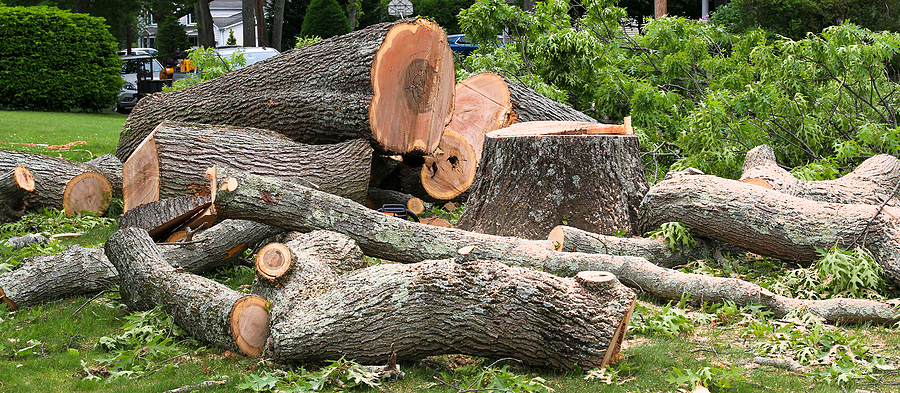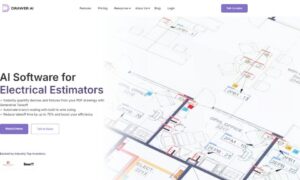Tree removal is an important service in landscaping and property maintenance, essential for both safety and appearance. It’s not just about removing unsightly or hazardous trees; it also helps protect nearby plants and ensures the structural safety of buildings. Homeowners often need tree removal due to storm damage, disease, or to increase property value. This service is relevant to people across all income levels, making it a key issue in the industry. Many property owners are surprised by how complicated it can be to estimate tree removal costs.
Understanding this process reveals the logistics and financial factors involved in tree removal Seattle. Key elements affecting costs include the tree’s size, location, health, and any additional services required. Regional factors, such as local regulations and economic conditions, also have a significant impact on pricing. By considering these aspects, homeowners can gain a clearer idea of what to expect when it comes to tree removal costs.
The Impact of Tree Size on Removal Costs
The size of a tree plays a big role in how much it costs to remove, with height and diameter being key factors. Larger trees usually need more workers, time, and specialized equipment, which drives up the price. For example, removing a tall oak might require advanced machinery for safety, while a smaller maple can be handled with basic tools.
Bigger trees mean more safety precautions and logistical challenges, which increase the cost. For homeowners, knowing this helps with budgeting and understanding what to expect. Simply put, the larger the tree, the more complex and expensive the removal, making thorough assessments important when hiring tree removal services.
Location and Accessibility Considerations
The location and accessibility of a tree play a big role in determining the cost of tree removal. If a tree is in a hard-to-reach spot, like a crowded backyard or near buildings, the price can go up significantly. This is because special equipment like cranes or bucket trucks might be needed, along with extra safety precautions to protect nearby structures. Sorting through tight spaces can also increase labor time and costs.
On the other hand, if a tree is in an open, easy-to-access area, the removal process is simpler and often cheaper. Homeowners should understand these logistical details, as service providers carefully assess them to give accurate estimates. The easier it is to access the tree, the more straightforward—and affordable—the removal will be.
The Importance of Tree Health and Condition
The condition and health of a tree play a big role in determining the cost of removal. If a tree is diseased or structurally weak, the risks increase, requiring extra care and expertise. These trees may need special equipment or safety precautions to avoid accidents, which raises the overall cost. For professionals, this means adjusting their approach to ensure safety and efficiency, while for homeowners, it means higher costs due to the added complexity.
Evaluating a tree’s physical state is more than just a surface check; it shapes the entire removal plan, especially if the tree threatens nearby structures or plants. Healthy trees, on the other hand, are usually easier to remove, lowering risks and keeping costs down.
Additional Services and Their Influence on Costs
When planning tree removal, extra services like stump grinding, debris cleanup, and wood removal can greatly affect the total cost. While these services add value, they can also raise expenses. For example, stump grinding removes the tree base for a safer and cleaner space but requires special equipment, adding to labor costs. Debris cleanup, which involves clearing branches and leaves, is important for keeping the area tidy after removal but takes extra time and effort, increasing the price.
Wood removal, which involves transporting or disposing of the tree, can vary in cost depending on the tree’s size and how tricky it is to remove. Homeowners can either save money by doing some of these tasks themselves or pay more for a full-service approach.
Regional Variations in Tree Removal Pricing
Regional differences in tree removal pricing come from factors like local rules, service availability, and the area’s economy, resulting in noticeable cost variations. In some places, strict environmental or safety regulations increase costs, which providers may pass on to customers. Remote areas with fewer options for tree removal may see higher prices due to limited competition.
In contrast, urban areas with more providers often offer lower, more competitive rates. Economic factors, like local wages and the cost of living, also affect pricing. For homeowners, understanding these factors helps explain why prices can vary widely and allows them to choose services that fit their budget and location.
Tree removal is a process shaped by several factors, including tree size, location, health, and regional differences. Understanding these elements helps homeowners better anticipate costs and make informed decisions. Additional services, such as stump grinding and debris cleanup, also affect pricing, offering convenience but increasing the overall expense. By recognizing the complexities involved, homeowners can choose the most suitable and cost-effective tree removal service for their needs. With proper planning, the process becomes safer and more efficient, ensuring successful outcomes.



































